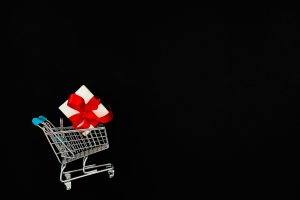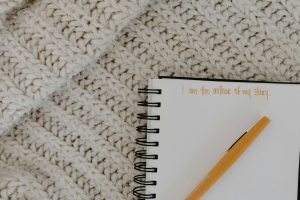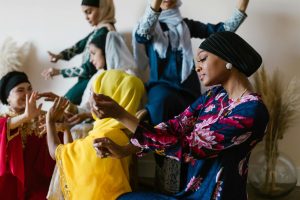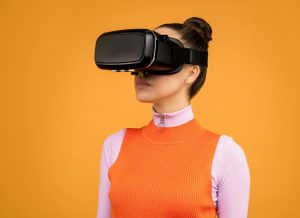The Psychology of Color in Retail Environments and Products
In the world of retail, the goal of every business is to attract customers and make sales. It’s a constant competition for attention, and one of the most powerful tools in a retailer’s toolbox is color. Color is not only aesthetically pleasing, but it also plays a crucial role in consumer behavior. In fact, the psychology of color has been extensively researched and proven to have a significant impact on feelings and actions. In this article, we will delve into the fascinating world of color psychology and how it influences retail environments and products. 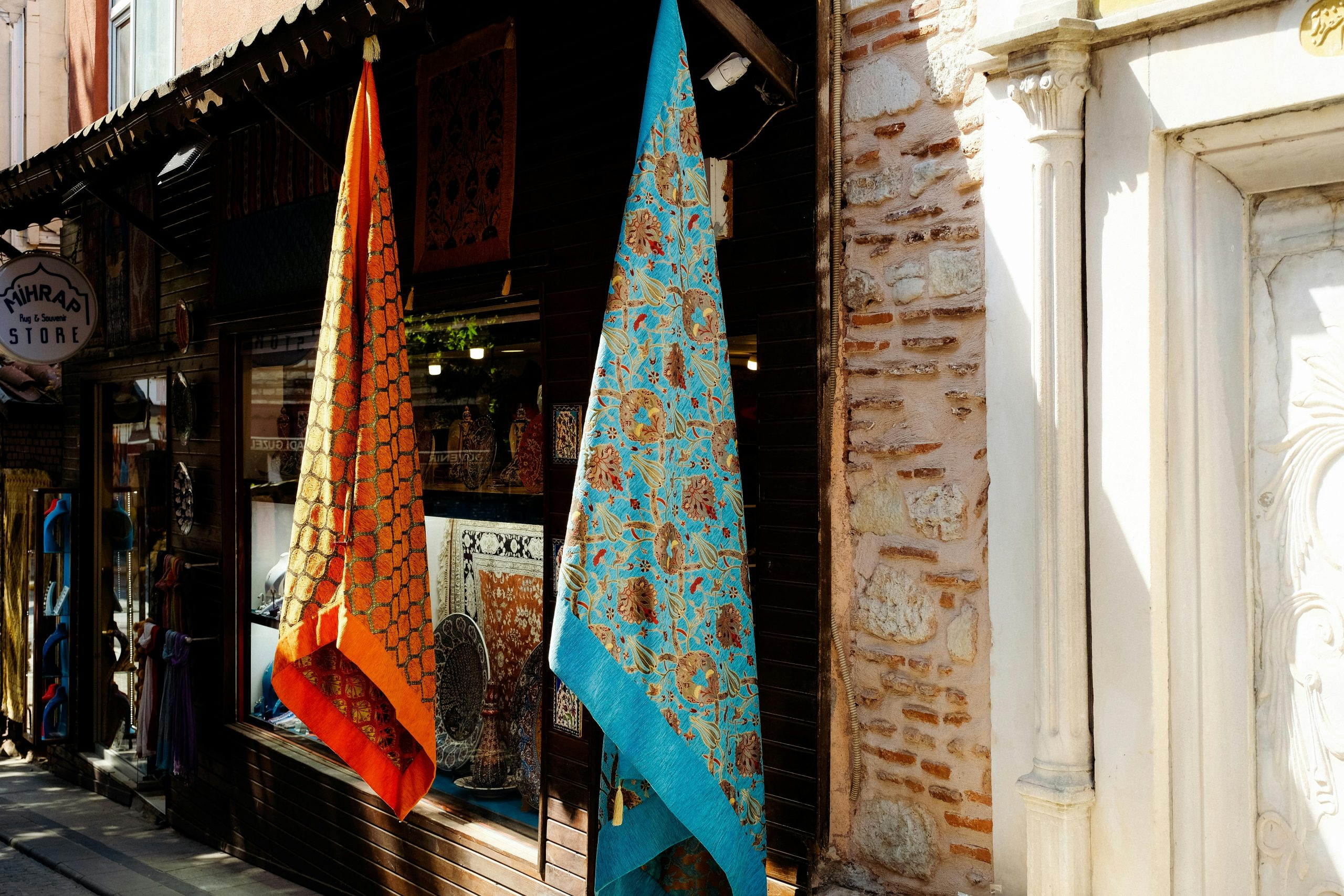
The Power of Color in Retail
It’s no secret that color has a powerful effect on our emotions and behaviors. In retail environments, color is used to create a certain mood or atmosphere, evoke specific emotions, and ultimately influence consumer purchasing decisions. Research has shown that 90% of snap judgments made about products can be based on color alone. This is why choosing the right color for your retail space and products is crucial for success.
The Impact of Red
Red is a bold and attention-grabbing color that is often associated with danger, passion, and excitement. In retail, it is commonly used to create a sense of urgency and stimulate impulse purchases. Red can also increase heart rate and blood pressure, making it a popular choice for clearance and sale signs. However, too much red can be overwhelming and off-putting, so it’s important to use it in moderation.
The Calming Effect of Blue
Blue, on the other hand, is known for its calming and reassuring properties. This is why it is commonly used in financial institutions to convey trust, security, and stability. In retail, blue is often used in luxury products to create a sense of sophistication and exclusivity. It is also a popular color for technology products, as it is associated with intelligence and reliability.
The Emotionally Charged Yellow
Yellow is often seen as a playful and energetic color. It can evoke feelings of happiness, warmth, and optimism. In retail, yellow is commonly used to attract window shoppers and impulse buyers. It is also associated with youth and can be effective in promoting children’s products. However, too much yellow can be overwhelming and may even cause anxiety in some individuals.
Influencing the Buying Decision
Colors not only influence our emotions, but they can also affect our buying behavior. For example, studies have shown that black is often associated with luxury and sophistication, making it a popular color for high-end products. On the other hand, green is associated with nature and health, making it a popular choice for organic and eco-friendly products.
However, color preferences can also vary depending on cultural backgrounds and personal experiences. For instance, red is often associated with luck and prosperity in Chinese culture, making it a popular color for packaging and branding in China. This is why it’s important for retailers to understand their target audience and their cultural influences when selecting colors for their products and marketing campaigns.
Creating a Cohesive Color Scheme
When it comes to using color in retail, consistency is key. Your retail space, products, and branding should all have a cohesive color scheme to create a memorable and recognizable experience for your customers. This not only enhances the visual appeal of your brand but also strengthens the emotional connection with your customers. Using a combination of colors that complement each other can also create a pleasing and harmonious atmosphere for your retail environment.
Conclusion
The psychology of color in retail environments and products is a powerful tool that should not be overlooked. By understanding the impact of color on emotions and buying behavior, retailers can create a more effective and appealing shopping experience for their customers. Use this knowledge to your advantage and watch your sales soar with the right choice of color.





